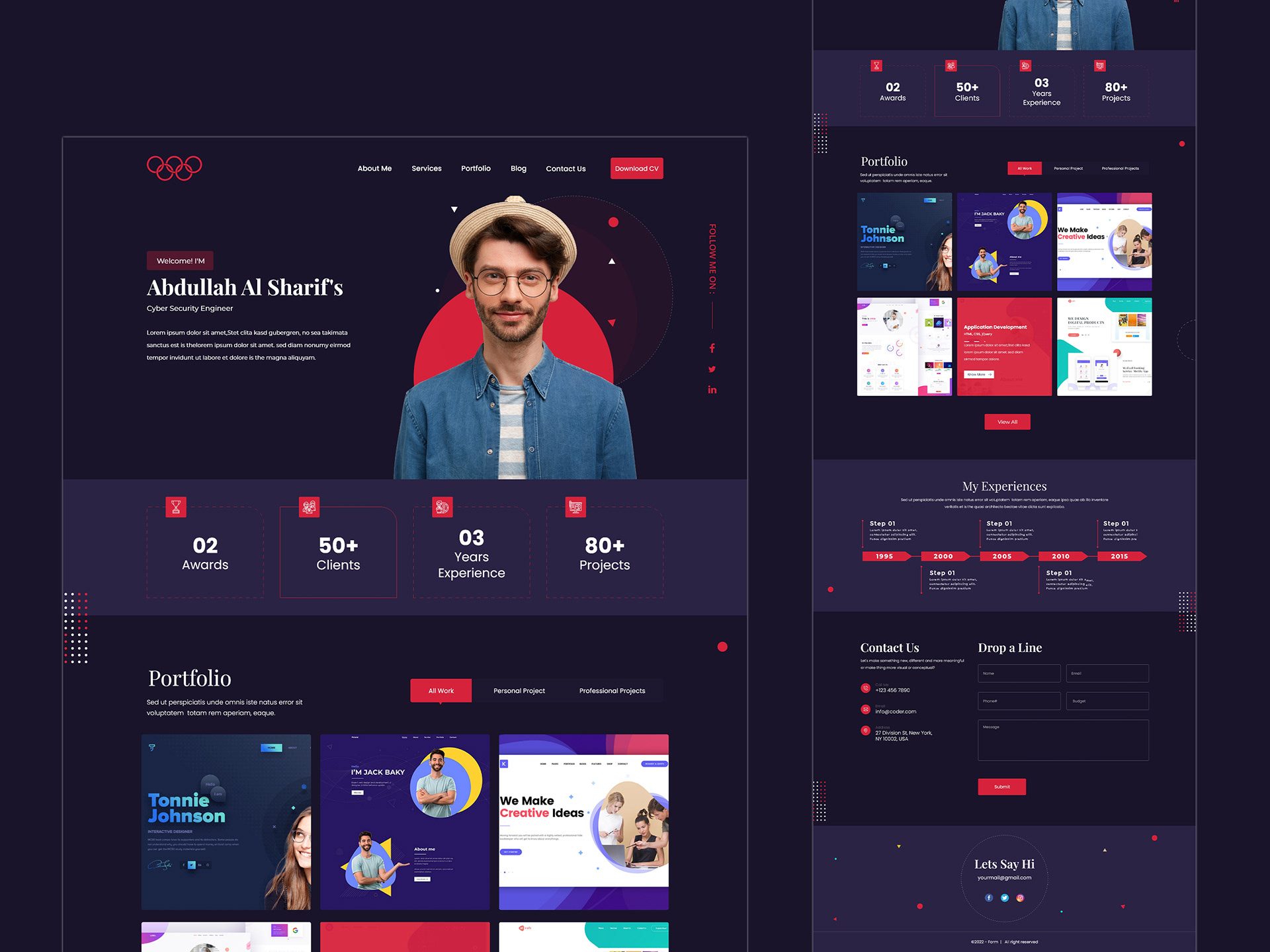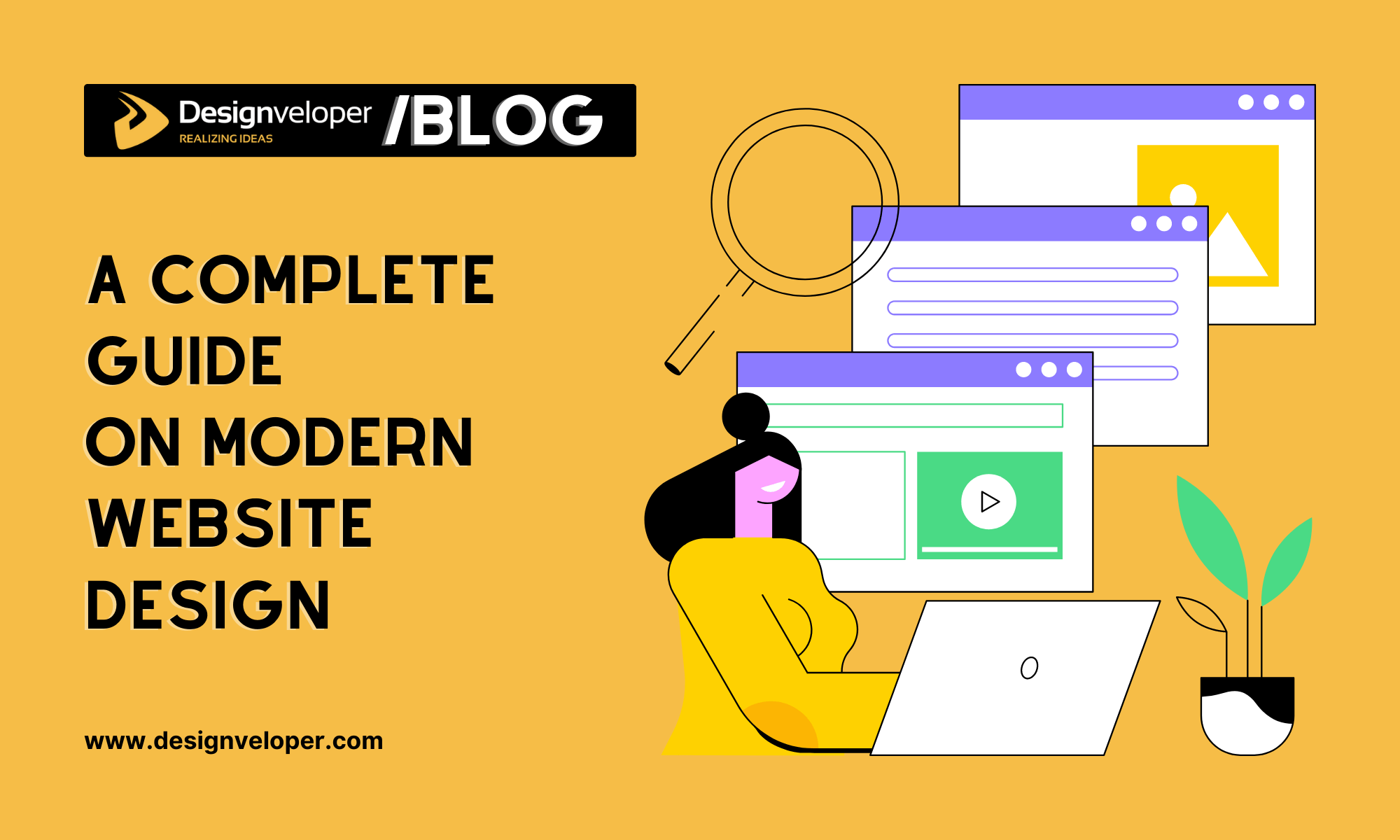Why Website Design Matters for Building a Strong Online Brand
Why Website Design Matters for Building a Strong Online Brand
Blog Article
Modern Website Layout That Captures Attention and Transforms
In a progressively electronic landscape, modern web site style has emerged as an essential element in capturing individual attention and driving conversions. As we check out these vital parts, it becomes clear that comprehending their interaction can dramatically impact a website's performance and user complete satisfaction.
Importance of Visual Power Structure
Visual hierarchy is an essential element in internet site style, as it overviews customers' interest and boosts their overall experience. By strategically organizing material, designers can guide customers to the most crucial details first, consequently enhancing interaction and improving use.
Including a sensible flow in web content arrangement is necessary; for example, positioning one of the most critical information at the top of a page cultivates prompt acknowledgment. Consistent use of typography, such as differing font sizes and designs, helps establish a clear material structure. This organization not only help in navigating but also develops trust fund, as customers feel extra comfy when they can easily find what they are trying to find.
Ultimately, a well-executed visual power structure not just improves aesthetic appeal yet also significantly affects customer habits. By focusing on necessary elements and making certain a smooth experience, developers can efficiently convert visitors into customers, enhancing the significance of this foundational design concept in modern-day web site development.
Responsive Layout for All Instruments
Creating a seamless experience across different gadgets is crucial in today's digital landscape, where customers access websites from desktops, mobile phones, and tablet computers alike. Responsive style is a critical approach that makes sure web sites adapt fluidly to various screen dimensions, resolutions, and orientations. By using flexible grids, photos, and CSS media inquiries, designers can produce formats that preserve aesthetic honesty and functionality, no matter the device being made use of.
The importance of receptive style extends past aesthetic appeals; it straight impacts user interaction and conversion rates. A web site that functions well on all devices encourages longer brows through and minimizes bounce prices, as individuals are extra likely to engage with material that is very easy to navigate. Additionally, search engines, specifically Google, focus on mobile-friendly sites in their rankings, making responsive design an important component of search engine optimization (SEO)
Integrating receptive style not just enhances individual experience however also enhances the growth process. By producing a single website that functions throughout gadgets, services can conserve time and resources contrasted to developing different mobile and desktop variations. Eventually, receptive layout is a fundamental strategy for contemporary web site design, guaranteeing accessibility and contentment for all users, despite their tool.
Involving Interactive Elements
While a receptive layout prepares for a useful internet site, including interesting interactive components is crucial for catching customer attention and promoting deeper connections. Website Design. Interactive elements, such as animations, tests, and clickable infographics, produce an extra vibrant individual experience, encouraging visitors to spend more time on the site
Including interactive attributes can additionally lead customers with complicated details, making it less complicated to absorb material. For instance, interactive sliders can illustrate product variations, while ingrained video clips can provide demonstrations or testimonials that resonate more than static images or text. Additionally, gamification techniques, like rewards for engaging or completing jobs with material, can enhance individual motivation and retention.
Reliable usage of interactive elements not just improves the individual experience but can likewise cause higher conversion prices. By making communications informative and enjoyable, companies can grow a feeling of commitment and trust fund with their target market. Nevertheless, it is vital to stabilize interactivity with performance; extremely intricate attributes may hinder website rate, adversely impacting customer contentment. browse this site Ultimately, integrating well-designed interactive components can considerably elevate an internet site's efficiency, driving interaction and conversions in today's affordable digital landscape.
Structured Navigating Practices
Reliable navigating is a foundation of any type of successful site, as it directly influences individual experience and content accessibility. Structured navigating techniques make sure that customers can easily find info, boosting their communication with the website. A well-structured navigation menu should be easy and intuitive, commonly including a limited number of primary groups to prevent overwhelming visitors.
To accomplish structured navigation, designers ought to focus on a hierarchical structure that rationally organizes content. Implementing breadcrumb trails can supply individuals with context about their present place within the website, enabling smooth backtracking. In addition, utilizing drop-down menus can successfully save room while still giving accessibility to subcategories.
Receptive design is essential, as navigation must be useful across all devices (Website Design). Mobile customers, particularly, take click this site advantage of touch-friendly food selections and collapsible areas that keep functionality without endangering appearances

Reliable Call-to-Action Approaches
A well-crafted call-to-action (CTA) is important for guiding users towards preferred outcomes on an internet site, as it motivates them to engage with content or buy. To maximize their effectiveness, CTAs must be clear, compelling, and purposefully positioned throughout the website.
First, make use of action-oriented language that connects urgency or value, such as "Get going," "Join Currently," or "Case Your Discount." This language not just encourages users however additionally sets clear expectations home regarding the following actions.
Second, think about layout elements; CTAs ought to attract attention aesthetically through contrasting colors, adequate whitespace, and prominent positioning. A button that is simple to see and click boosts the chance of user interaction.
Furthermore, customizing CTAs based upon customer actions or demographics can considerably boost engagement. Tailored messages resonate much more with individuals, driving greater conversion prices.

Verdict
These parts jointly improve user experience, making sure that visitors stay engaged and encouraged to check out web content additionally. By prioritizing these design principles, organizations can considerably boost customer retention and conversion prices, inevitably leading to better success in the digital landscape.
In a significantly electronic landscape, contemporary website style has arised as a crucial aspect in recording user attention and driving conversions.Visual pecking order is a vital component in web site layout, as it overviews users' focus and improves their overall experience.The relevance of responsive design expands beyond aesthetic appeals; it directly influences user interaction and conversion rates.Including receptive design not only boosts individual experience but additionally improves the growth process. Ultimately, receptive design is a basic strategy for contemporary website style, ensuring access and complete satisfaction for all customers, no matter of their gadget.
Report this page